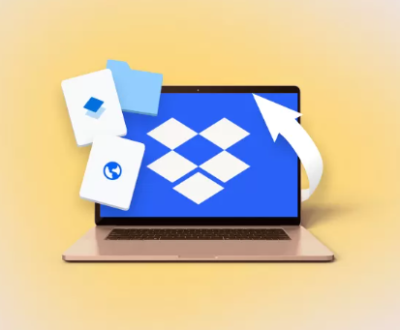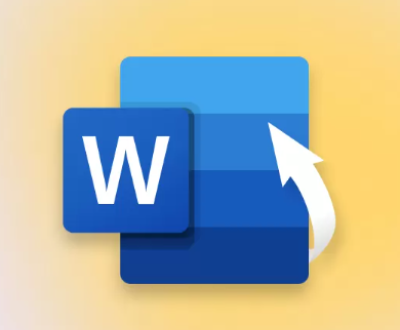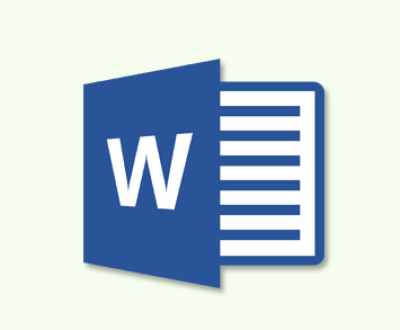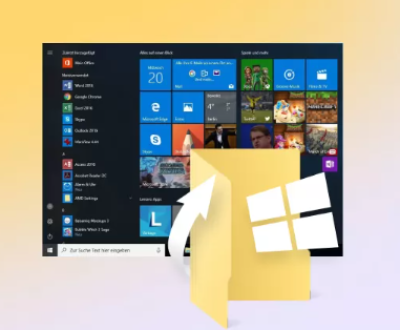Converting a PDF file to a CSV format can be incredibly useful when you need to extract structured data from a PDF document, especially if it contains tables, financial data, or lists. PDF files are often used for presenting information in a readable format, but they aren’t always easy to manipulate in other software. Converting PDF data into CSV format makes it much easier to work with, analyze, and manipulate the data, particularly in spreadsheet software like Microsoft Excel or Google Sheets.
1. Why Convert a PDF to CSV?
Before diving into the methods, it’s important to understand the reasons you might want to convert a PDF to a CSV format. Here are some of the key reasons:
Structured Data Analysis: PDFs often contain data in tabular formats, such as invoices, reports, and financial documents. CSV is a more flexible format for data manipulation.

Data Sharing: CSV files are widely supported by many applications, making it easier to share data with others.
Automation: CSVs can be easily imported into databases and other tools for further analysis or automation.
Editing and Processing: Working with tabular data in PDF form can be cumbersome, while CSV files are designed specifically for handling rows and columns of data.
2. Manual Methods for Converting PDF to CSV
2.1 Copying and Pasting Data
One of the simplest ways to convert a PDF to CSV is to manually copy the data from the PDF and paste it into a spreadsheet. This method works best for PDFs that contain simple tables without complex formatting.
Open the PDF: Open the PDF document with any PDF reader (such as Adobe Acrobat Reader).
Select the Data: Highlight the table or data you wish to convert to CSV. You can do this by clicking and dragging your mouse over the text or using keyboard shortcuts (Ctrl+A to select all).
Copy the Data: Right-click on the highlighted section and select “Copy” or press Ctrl+C (Cmd+C on Mac).
Paste into a Spreadsheet: Open a spreadsheet application like Microsoft Excel or Google Sheets and paste the data (Ctrl+V or Cmd+V).
Clean up Formatting: Depending on the structure of the data, you may need to adjust columns, rows, and separators. If the data is well-structured, it will likely appear in columns automatically.
Save as CSV: Once the data is correctly formatted in the spreadsheet, save the file as a CSV (File > Save As > CSV format).
While this method can be effective for small amounts of data, it can become cumbersome for larger, more complex PDF files.
2.2 Using Adobe Acrobat Pro
Adobe Acrobat Pro is a premium PDF software that offers advanced features, including the ability to export PDF data to CSV. Here’s how you can do it:
Open the PDF in Adobe Acrobat Pro: Launch Adobe Acrobat Pro and open the PDF you want to convert.
Export PDF to Excel: Go to File > Export To > Spreadsheet > Microsoft Excel Workbook. This will export the PDF data into an Excel file.
Convert Excel to CSV: After the PDF is converted to Excel, you can easily save it as a CSV file. Go to File > Save As > CSV.
This method works well if the PDF has clear tables and structured data.
3. Using Online Tools for PDF to CSV Conversion
Several online tools are available that allow you to convert PDF files to CSV format for free. These tools are useful when you don’t want to install any software. Below are some popular online converters:
3.1 PDF to CSV Online Converter Websites
Some popular online tools include:
Smallpdf: www.smallpdf.com offers a straightforward PDF to Excel tool, which you can then save as CSV.
ILovePDF: www.ilovepdf.com allows you to upload a PDF and convert it to Excel. Once converted, you can save the file as CSV.
PDFTables: www.pdftables.com specializes in converting PDF tables into CSV, Excel, or XML formats.
3.2 Steps to Use Online Tools
Upload PDF: Go to the website of your choice and select the PDF file you want to convert. Most of these tools have a simple drag-and-drop interface.
Choose Output Format: After uploading, select CSV or Excel (depending on the tool).
Download the Converted File: Once the conversion is complete, download the file in your preferred format. If it’s Excel, you can save it as CSV.
Verify the Data: Open the CSV file in a spreadsheet application to verify the data was extracted correctly.
While convenient, online converters may not work well with very large PDFs or those with complicated layouts.
4. Using Software Tools for PDF to CSV Conversion
For more complex PDFs, a dedicated PDF conversion tool may be required. These tools often provide more accurate conversions, especially for files with complex tables or mixed content.
4.1 Able2Extract Professional
Able2Extract is a paid tool specifically designed for PDF to Excel and CSV conversion. It can handle both simple and complex PDFs, including scanned documents.
Download and Install: First, download and install Able2Extract Professional.
Open the PDF: Launch the program and open the PDF you want to convert.
Select Data: Use the selection tool to highlight the table or data you want to extract.
Convert to CSV: Choose CSV as the output format and click Convert.
Download the CSV: Once the conversion is complete, download the CSV file and open it in your preferred spreadsheet software.
4.2 Tabula
Tabula is an open-source software designed specifically for extracting tables from PDFs. It’s free to use and works well for PDFs that contain structured tables.
Download and Install Tabula: Go to the Tabula website and download the software.
Open the PDF: Launch Tabula and load the PDF.
Select the Table: Click and drag to select the table you want to extract.
Export as CSV: Once the table is selected, click on Export and choose the CSV option.
Save the CSV: Tabula will generate a CSV file, which you can then open in any spreadsheet application.
5. Programmatic Methods to Convert PDF to CSV
For advanced users who need to process many PDFs or automate the conversion process, writing a script might be the best option. Python, for example, has several libraries that can help extract data from PDFs and convert it to CSV format.
5.1 Using Python with PyPDF2 and Pandas
Python is a powerful tool for processing PDFs. You can use libraries like PyPDF2 to read PDF files and Pandas to work with data and save it in CSV format.
Install Required Libraries:
Install PyPDF2 for reading PDFs:
bash
pip install PyPDF2
Install Pandas for working with data:
bash
pip install pandas
Extract Data from PDF: Here’s a simple script to read text from a PDF using PyPDF2:
python
import PyPDF2 import pandas as pd # Open the PDF file with open(‘sample.pdf’, ‘rb’) as file: reader = PyPDF2.PdfReader(file) text = “” for page in reader.pages: text += page.extract_text() # Process the extracted text (this might require manual adjustments) data = text.split(‘\n’) # Assuming rows are separated by newlines df = pd.DataFrame(data) # Convert text to a DataFrame # Save to CSV df.to_csv(‘output.csv’, index=False)
Process and Save the CSV: This script will read the PDF, split the text into rows, and save it as a CSV file. Depending on the PDF structure, you might need to process the text further to structure it correctly.
5.2 Using Camelot
Camelot is a Python library specifically designed for extracting tables from PDFs. It works well for PDFs with clearly defined tables.
Install Camelot:
bash
pip install camelot-py[cv]
Extract Tables and Save as CSV:
python
import camelot # Extract tables from the PDF tables = camelot.read_pdf(‘sample.pdf’, pages=’1-end’) # Save the first table as CSV tables[0].to_csv(‘output.csv’)
Camelot can be particularly useful for PDFs that contain structured tables but may struggle with very complex layouts.
About us and this blog
Panda Assistant is built on the latest data recovery algorithms, ensuring that no file is too damaged, too lost, or too corrupted to be recovered.
Request a free quote
We believe that data recovery shouldn’t be a daunting task. That’s why we’ve designed Panda Assistant to be as easy to use as it is powerful. With a few clicks, you can initiate a scan, preview recoverable files, and restore your data all within a matter of minutes.
Subscribe to our newsletter!
More from our blog
See all postsRecent Posts
- How to recover accidentally deleted files 2025-07-01
- How do i recover a file i accidentally deleted 2025-07-01
- How to recover an accidentally deleted file 2025-07-01

 Try lt Free
Try lt Free Recovery success rate of up to
Recovery success rate of up to









